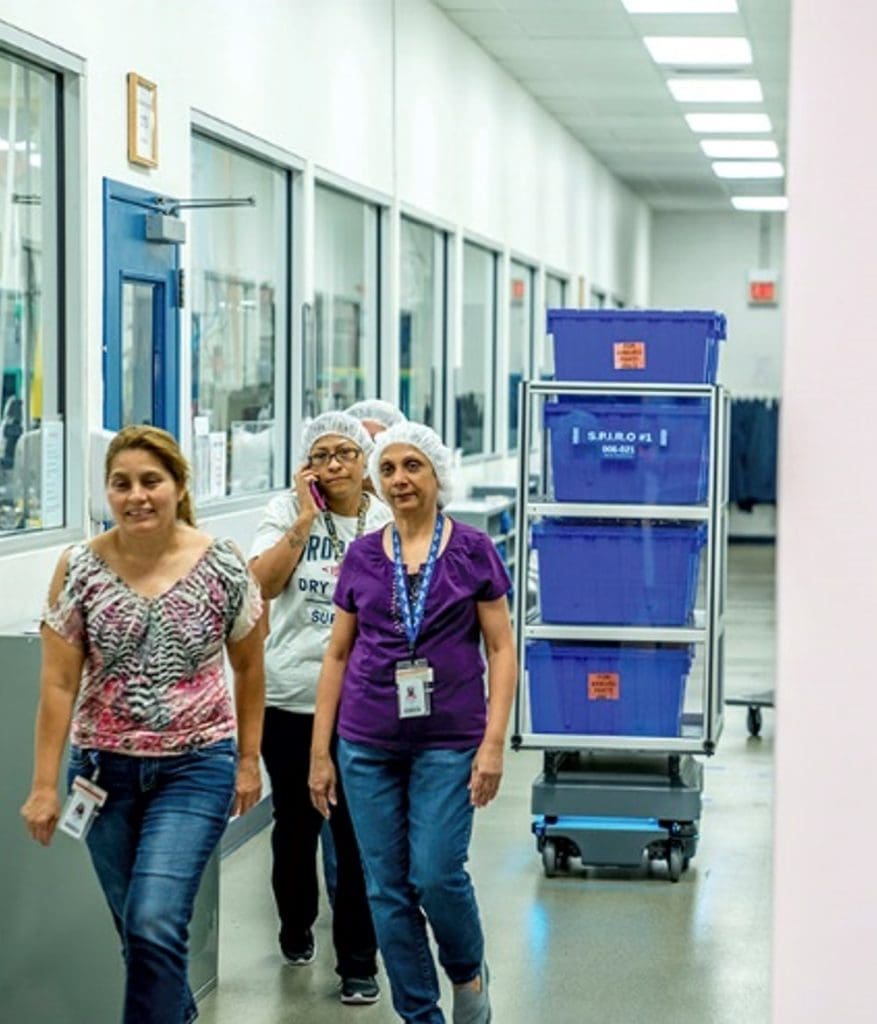Chronic Staffing Challenges for Warehousing & Manufacturing
Warehouses and manufacturers are confronted with demographic trends and changing workforce preferences which promise continued challenges with achieving adequate staff levels and employee retention. A recent article in Supply Chain Quarterly (Automation’s Role in Solving Today’s Labor Challenges) discusses the current labor challenges facing the supply chain industry and how automation can play a role in addressing these challenges. Supply Chain Quarterly (SCQ) argues that the supply chain industry is facing a number of significant labor challenges, including a shortage of skilled workers, high turnover rates, and rising labor costs. These challenges are being compounded by a rapidly changing business environment, where companies must be able to quickly adapt to new technologies and changing customer demands.
Is Automation the Answer to Warehouse Labor Shortages?
To address these labor challenges, SCQ suggests that companies need to turn to automation. Automation technologies such as autonomous mobile robots (AMRs) can help companies automate repetitive tasks and reduce their dependence on human labor. By automating these tasks, companies can improve efficiency, reduce costs, and free up employees to focus on more strategic activities.

Key Benefits of Introducing Automation
One of the key benefits of automation is that it can help companies overcome the shortage of skilled workers. For example, companies can use automation technologies to automate tasks that typically require highly skilled workers, such as data analysis or report generation. This allows companies to free up these workers to focus on more strategic activities, and it also helps to reduce the risk of burnout and turnover among these workers.
Another key benefit of automation is that it can help companies to improve the quality of their products and services. Automation technologies can be used to automate quality control processes, helping to ensure that products are consistent and meet the required standards. This can improve customer satisfaction and reduce the risk of product recalls, which can be costly and damaging to a company’s reputation.
SCQ also notes that automation can help companies to address the rising cost of labor. As labor costs continue to rise, companies are looking for ways to reduce their costs and improve their competitiveness. Automation can help to achieve this by reducing the need for human labor and improving efficiency. For example, automation technologies can be used to automate tasks that are typically performed by low-skilled workers, such as data entry or order processing. This can help to reduce labor costs and improve the efficiency of these processes.
| Today’s Warehouse Automation Solutions |
|---|
| Cost-accessible for operations of all sizes |
| Deployable in days (or even hours) |
| No major infrastructure investments required |
| Can be programmed to handle multiple tasks |
| Easy to modify as processes evolve and needs change |
Warehouse Automation Benefits Summarized
Finally, SCQ argues that automation has a critical role to play in addressing the current labor challenges facing the supply chain industry. Automation technologies such as autonomous mobile robots can help companies overcome the shortage of skilled workers, improve the quality of their products and services, and reduce the cost of labor. By embracing automation, companies can improve their competitiveness and better meet the changing needs of their customers. Read the entire article here.
Contact CSSI to Discuss Autonomous Mobile Robots
To discuss implementing autonomous mobile robots as a way to counteract staffing challenges, while improving labor productivity overall, please contact CSSI.
